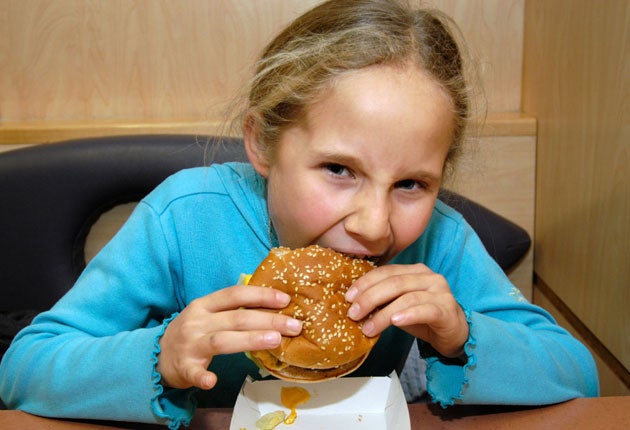Mystery rise in children suffering food allergies

Hospital admissions for food allergies among children have risen by 500 per cent in the last 20 years but doctors do not understand what is driving the increase.
Reactions to food can be severe, affecting the skin, the lungs or the gut, and are recognised as a major paediatric problem in the UK and other western countries. Overall, 6-8 per cent of children under three are affected by food allergies, a dramatic increase since 1990.
Experts say that even these figures underestimate the true incidence of the condition. To improve diagnosis and treatment, the National Institute for Health and Clinical Excellence (Nice) has issued draft guidelines for GPs which urge wider testing but warn of the dangers of unproven tests sold by practitioners of alternative medicine.
Adam Fox, consultant paediatric allergist at St Thomas' Hospital, London, and a member of the Nice panel, said there were several theories about the rise in allergies – but they remained theories.
They included homes that were too clean, leaving children's immune systems unexposed to bugs (the "hygiene hypothesis"), a lack of vitamin D from the sun, poorer diets, increasing use of paracetamol (usually in Calpol), and delayed weaning (the introduction of solid foods).
"All these theories have limitations – they have got holes in them. There are likely to be multiple reasons for the rise in allergy – no one theory can explain the whole of it," Dr Fox said.
Allergy to foods appears in two ways. There is the immediate reaction, such as when the response to eating a peanut is a sudden onset of wheezing. Skin prick tests and blood tests are the standard way of nailing the culprit food.
There is also the delayed reaction, such as when a child's eczema is made worse by drinking cow's milk. Elimination diets, in which the suspect food is removed for four to six weeks and later reintroduced to see if the reaction is repeated, is the standard – but lengthier – test.
Dr Fox said a study of 1,000 children living on the Isle of Wight showed that 33 per cent of parents believed their child had some reaction to food. Testing revealed that the actual number with an immediate allergy was much lower, at 5 per cent. When children with delayed reactions were included the figure rose to more than 6 per cent.
"This has been reported as evidence of over-anxious parents worrying unnecessarily about their children. But actually 6 to 8 per cent of all children in the UK with a genuine allergy is a huge number," Dr Fox said.
He added: "Most studies recognise that physicians are under-diagnosing allergy. The public may over-diagnose but we are not getting it right either. This is the importance of these Nice guidelines – GPs cannot just diagnose a child's asthma, they should consider if food allergy is a factor."
Commercial allergy tests sold over the internet and offered by alternative practitioners never deliver what they promise, Dr Fox said. Hair analysis, kinesiology and the "Vega" test, which uses a machine to measure electrical impulses through the body, should be avoided, the Nice guidelines say.
"There are plenty of guys out there who will take your money off you but the tests they offer are not scientifically valid. The crucial message is that there is no evidence to support them and GPs should not recommend them," Dr Fox said.
Possible causes of the increase
1. Poorer diets
Children consume more processed food and soft drinks than they did 20 years ago.
2. Lack of vitamin D
In the United States, children who live further north and are exposed to less sunlight have more allergies than those in the sunnier south.
3. Late weaning
It was once thought that introducing other foods early alongside breastfeeding increased allergies. This has been disproved. Doctors at St Thomas' Hospital are now testing whether introducing other foods late, at six months, increases the incidence.
4. The hygiene hypothesis
Children live in cleaner homes and are exposed to fewer bugs. Without the necessary "priming", their immune systems overreact to other agents, such as cow's milk.
5. Increased use of paracetamol
The standard response for a child in distress is to give them a dose of the medicine Calpol – but this could also be fuelling the allergy rise.
Subscribe to Independent Premium to bookmark this article
Want to bookmark your favourite articles and stories to read or reference later? Start your Independent Premium subscription today.

Join our commenting forum
Join thought-provoking conversations, follow other Independent readers and see their replies